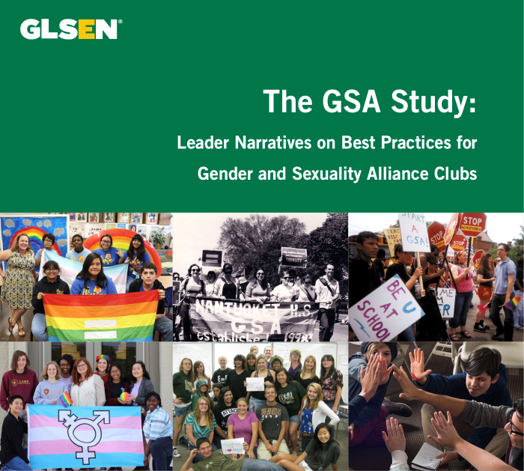Students have been forming Gender-Sexuality Alliance student clubs (originally known as Gay Straight Alliances, or GSAs) for over 30 years. Today, they continue to serve multiple purposes, including social support and student advocacy. Much of what is known about GSAs centers on what club participation or presence does for LGBTQ students in terms of their academic performance and mental health, or focuses on the effect of GSAs on the overall school climate. For example, GSA participation is linked to greater feelings of belonging for LGBTQ students. The presence of a GSA improves the overall school climate for LGBTQ students. Benefits associated with GSA presence positively affect non-LGBTQ students as well. Despite growing insights on the effects of GSAs, limited research reveals the function of GSA clubs in the school, the nature of their activities, or how they may function better. Regardless of the specific activities any particular GSA organizes, GSAs are school clubs where youth may be able to learn about themselves and each other by exploring multiple and intersecting identities within an explicit context of a supportive alliance.
- Educators
- Other Health-Related
- Adolescents


